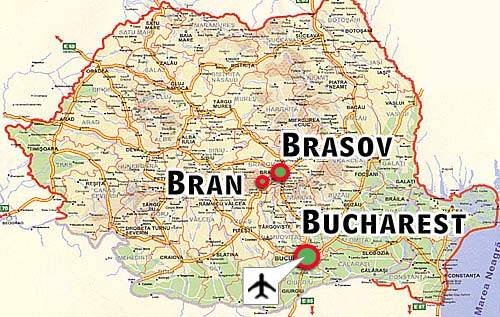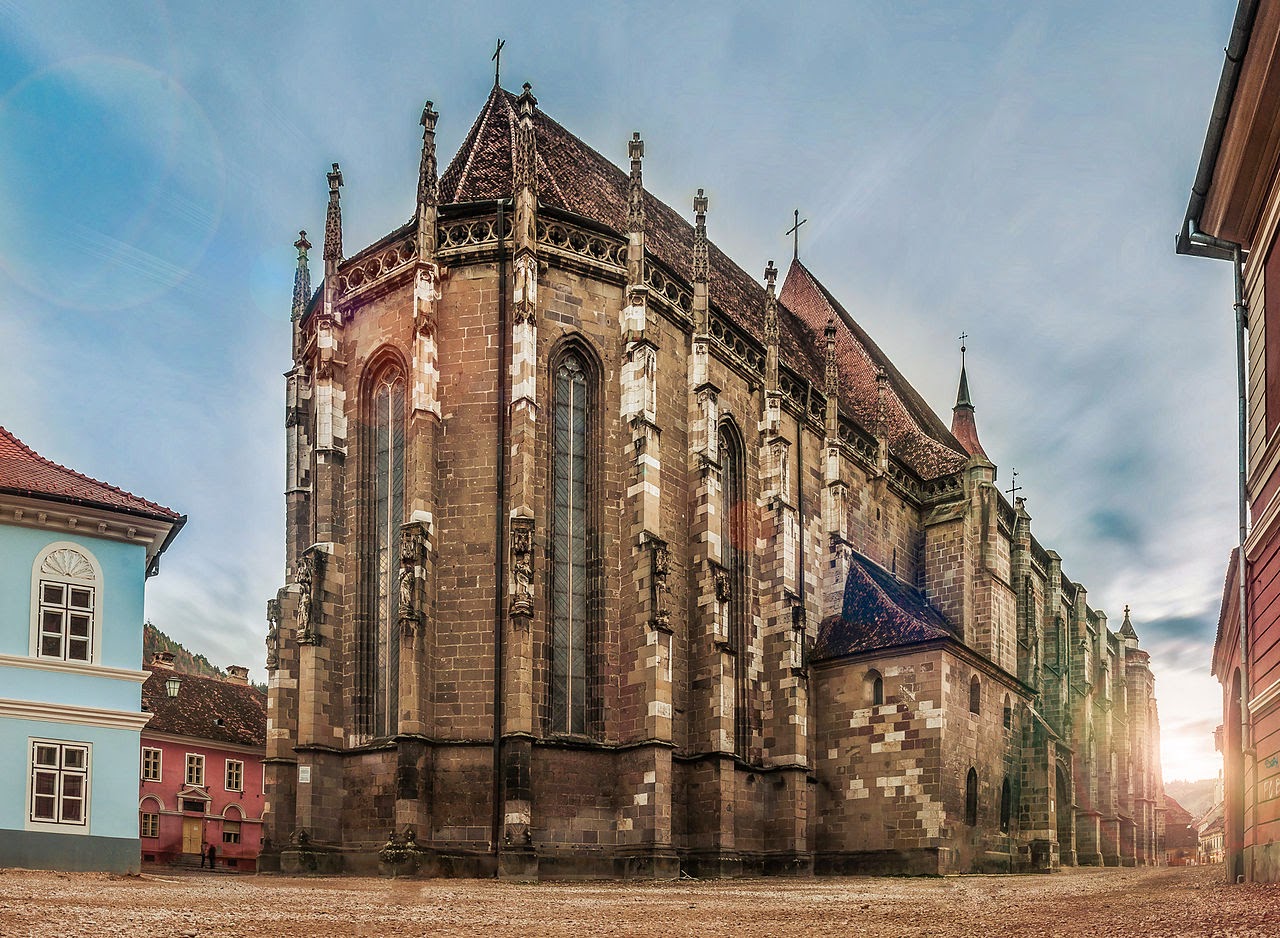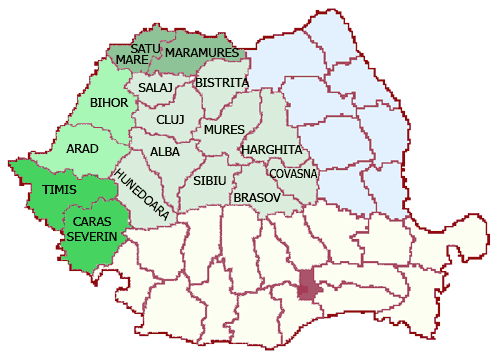 |
| Brasov and Bran Castle |
Brasov, Romania is one of the largest cities in the country, and it is one of the many cities whose history is as unique as the land it is a part of.
Due to its location close to Bran Castle, most tourists miss the gem of a city on their way to 'Dracula's Castle.' Sadly they go to Bran Castle without knowing there is a a link to Vlad Tepes there as well.
Brasov, known by many as the city near bran Castle is in its own right a wonderful place to tour and to see. it was known by many names, all roughly translated to 'crown city' the Germans who lived in the city called it Kronstadt, the Hungarians, call it Brasso. The most interesting is the medieval Latin which the city was referred to with two names: Brassovia and Corona.
 |
| The Black Church in Brasov |
Brasov has a mixed population, but like many cities in Transylvania, and the ones which are closer to the south, Romanians make up 90% of the population, followed by Hungarian and Germans. This is in keeping with the fact the Saxon population of Romania considered this city to be one of the 'seven cities.'
One of the highlights in the city is the Black Church, and many people have commented on its unique history in the city. It was originally a Roman Catholic Church, known as the Church of Saint Mary. After the Lutheran reformation, it became a Lutheran Church under the influence of Johannes Honter. This was the focal point for many religious services in the city.
 |
| Brasov county boarder what was Wallachia |
This fire would not only destroy much of the growing town, but kill nearly 3,000 people, the fire was so powerful it would burn the "black church" thereby giving it its name.
The city of Brasov, was culturally very different in 1850 when there was only 21,000 people, and 40% of the population was German, and 40% was Romanian. Over the years this would influence much of the area, as this would be a city where many cultural and economic enhancements would happen, particularly during the inter-war period. After the war, there was the deportation of the German population to the Soviet Union, and many who would return would leave for Germany.
Before the fall of communism in Romania in 1989, Brasov was the home of the 1987 rebellion. This would erode the confidence in Nicolae Ceausescu and his economic policies. This was because during the time when Romania was a communist country, Brasov became a powerful industrial city, and this would lead to the rebellion due to the fact there was food rations and other cutbacks during this time.
The city of Brasov, Romania is historically important, and a place to visit as both a tourist and people who have roots in Transylvania or Romania.
Comments